Mock-up of four-lobed helical fuel rods. (Photo: Lightbridge)
Lightbridge Corporation, which is continuing to work closely with national laboratories on the manufacture and testing of its metallic fuel rod designs for light water reactors, just announced the results of an investigation on the casting process for molten uranium and zirconium with Pacific Northwest National Laboratory under the Department of Energy’s Gateway for Accelerated Innovation in Nuclear (GAIN) program.
Artist’s rendering of an Xe-100 plant. (Image: X-energy)
Dow and X-energy announced today that they have signed a joint development agreement (JDA) to demonstrate the first grid-scale advanced nuclear reactor at an industrial site in North America within a decade. As part of the agreement, Dow is now a subawardee under X-energy’s Advanced Reactor Demonstration Program (ARDP) Cooperative Agreement with the Department of Energy.
SHINE’s isotope production building, called the Chrysalis, under construction in October 2022. (Photo: SHINE)
The Nuclear Regulatory Commission has issued its final safety evaluation report (SER) related to the operating license application for SHINE Technologies' large-scale medical isotope production facility, known as The Chrysalis, in Janesville, Wis. The SER documents the results of NRC staff’s technical and safety review of SHINE’s application. SHINE announced the NRC’s decision on February 27.
A record of decision concerning the proposed issuance of the operating license will be published by the NRC at a future date.
A rendering of an eVinci microreactor facility. (Image: Westinghouse)
Westinghouse Electric Company has filed a notice of intent to submit key licensing reports for its eVinci microreactor to the Nuclear Regulatory Commission and Canadian Nuclear Safety Commission for joint review, the firm announced last week. (The two nuclear regulators signed a memorandum of cooperation in August 2019 to increase collaboration on the technical reviews of advanced reactor and small modular reactor technologies.)
Since 1957, the Advisory Committee on Reactor Safeguards has had a continuing statutory responsibility for providing independent reviews of, and advising on, the safety of proposed or existing reactor facilities and the adequacy of proposed reactor safety standards in the United States.
The 1957 amendment to the Atomic Energy Act of 1954 established the Advisory Committee On Reactor Safeguards as a statutory committee with an independent advisory role and the responsibility to “review safety studies and facility license applications” and advise the U.S. Atomic Energy Commission “with regard to the hazards of proposed or existing reactor facilities and the adequacy of reactor safety standards.” With the enactment of the Energy Reorganization Act of 1974, the ACRS was assigned to the newly established Nuclear Regulatory Commission with its statutory requirements intact.
From left, Westinghouse Energy Systems president David Durham, Polskie Elektrownie Jądrowe president Tomasz Stępień, and Westinghouse Poland president Mirosław Kowalik sign a contract on February 22 to advance Poland’s nascent nuclear energy program. (Photo: Westinghouse Electric Company)
State-owned Polish utility Polskie Electrownie Jądrowe and U.S.-based Westinghouse on February 22 moved a step closer to their end goal—the deployment of multiple AP1000 reactors in Poland—with the signing of a contract covering front-end engineering, early procurement work, and program development.
The Loviisa nuclear power plant. (Photo: Fortum)
The Finnish government on February 16 granted a new operating license to Fortum Power and Heat Oy for its two Loviisa reactors—twin 507-MWe VVER-440/V213 units—providing them with an additional 20 years of operational life.
The Braidwood (left) and Byron nuclear power plants. (Photos: Constellation Energy)
Constellation Energy has announced that it intends to invest $800 million in new equipment at the Braidwood and Byron nuclear plants in Illinois to raise their combined output by a total of about 135 MW.
The Y-12 site in Oak Ridge, Tenn. (Photo: Wikimedia Commons)
A fire broke out at the Y-12 National Security Complex in Oak Ridge, Tenn., earlier today. According to Y-12’s Facebook page, one of the site’s production buildings had a fire in a hood at approximately 9:15 a.m. Y-12 emergency services responded to the event and precautionary protective actions were initiated for employees who were in the vicinity of the incident and who were not involved in the emergency response.
Browns Ferry: A breaker-to-breaker run. (Photo: NRC)
The Tennessee Valley Authority took Browns Ferry-2 off line February 17 for a refueling and maintenance outage, following a nearly two-year, breaker-to-breaker run—the first in the Alabama nuclear plant’s history.
According to the utility, the unit established a new record for itself with 665 days of continuous operation, producing more than 20 billion kilowatt-hours of electricity.
CNSC’s Rumina Velshi (left) and the PAA’s Andrzej Głowacki sign a memorandum of cooperation on advanced and small modular reactors. (Photo: CNSC)
The Canadian Nuclear Safety Commission (CNSC) and Poland’s National Atomic Energy Agency (PAA) have signed a memorandum of cooperation to share best practices and experience in reviewing advanced and small modular reactor technologies. (The two agencies are already engaged in cooperation on nuclear safety matters under a memorandum of understanding inked in 2014.)
Energy Fuels’ White Mesa Mill in southeastern Utah is the only operating conventional uranium mill in the United States. (Photo: Energy Fuels)
The bipartisan Nuclear Fuel Security Act (NFSA), introduced in the Senate last week, would authorize the Department of Energy to establish a Nuclear Fuel Security Program to “ensure a disruption in Russian uranium supply would not impact the development of advanced reactors or the operation of the United States’ light water reactor fleet.” The bill was introduced by Sen. Joe Manchin (D., W.V.), chairman of the Senate Energy and Natural Resources (ENR) Committee; Sen. John Barrasso (R., Wyo.), ranking member of the Senate ENR committee; and Sen. Jim Risch (R., Idaho).
The National Reactor Testing Station. (Photo: DOE)
In March 1949, the Atomic Energy Commission selected a site in Idaho for the National Reactor Testing Station (NRTS), known today as Idaho National Laboratory. Idaho’s Snake River Plain was selected because of the rural nature of southern Idaho. The site would go on to be the most remarkable proving ground for today’s nuclear industry. Experiments at this world-class facility have continually paved the way for nuclear innovation.
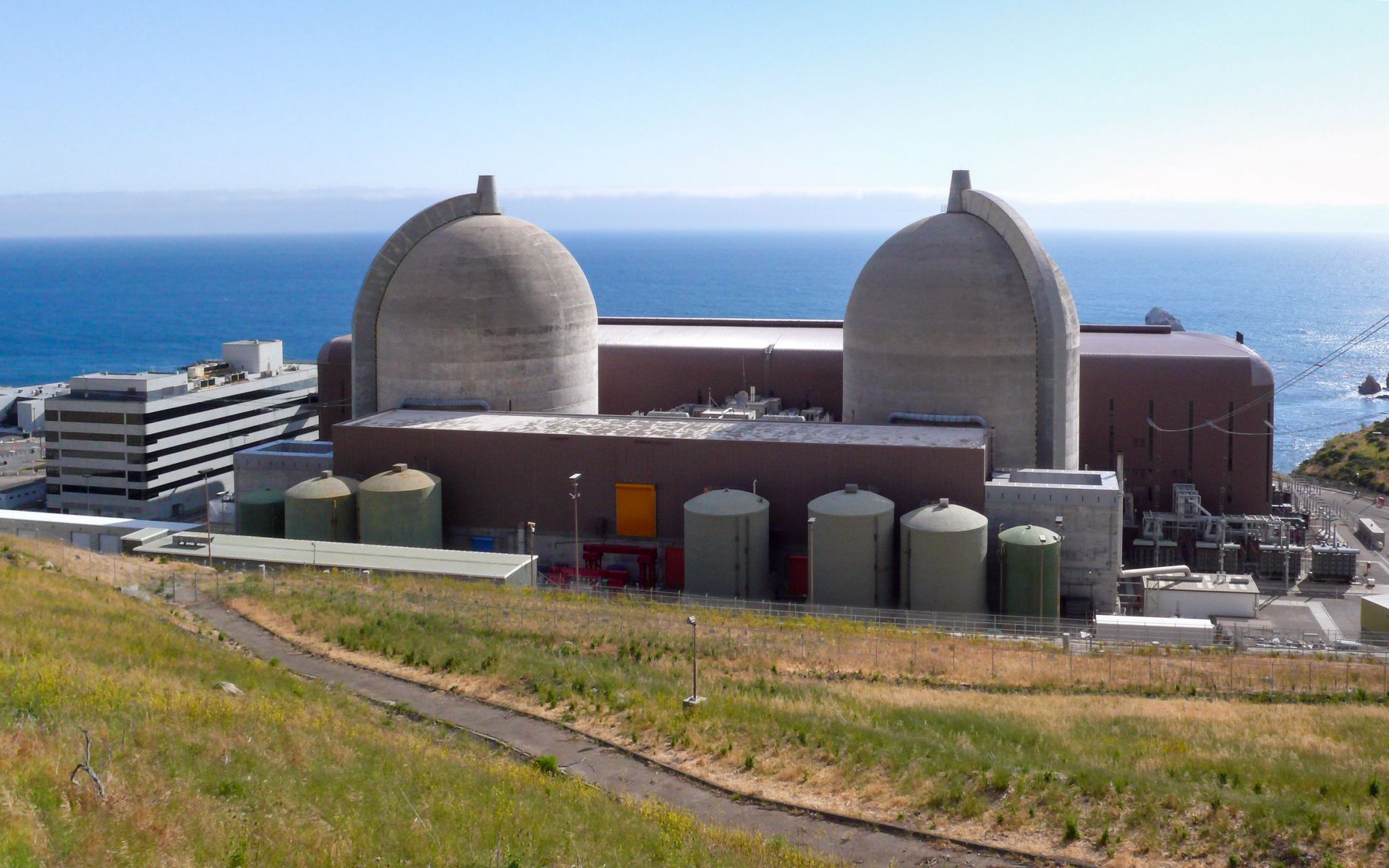







.jpg)


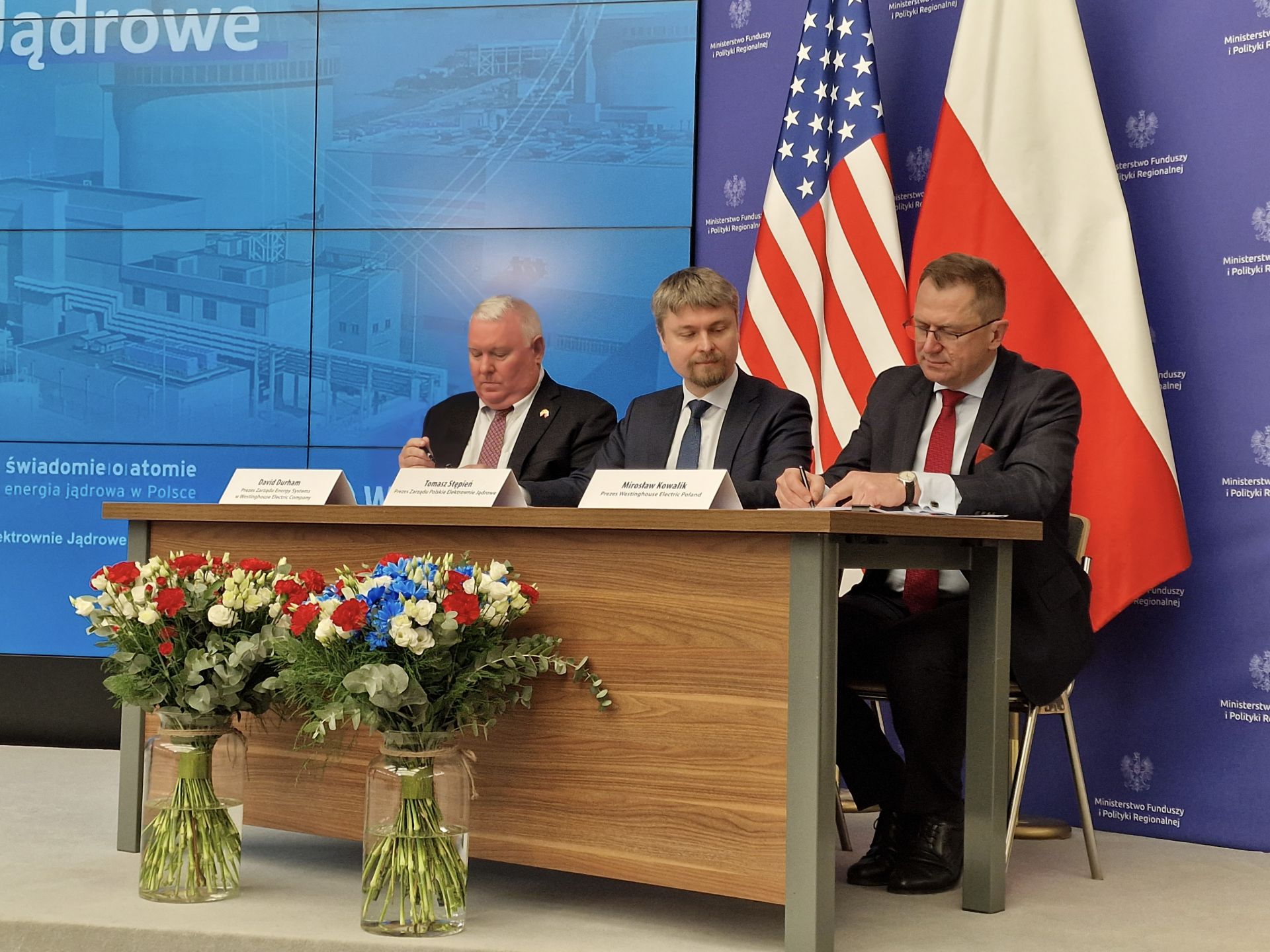
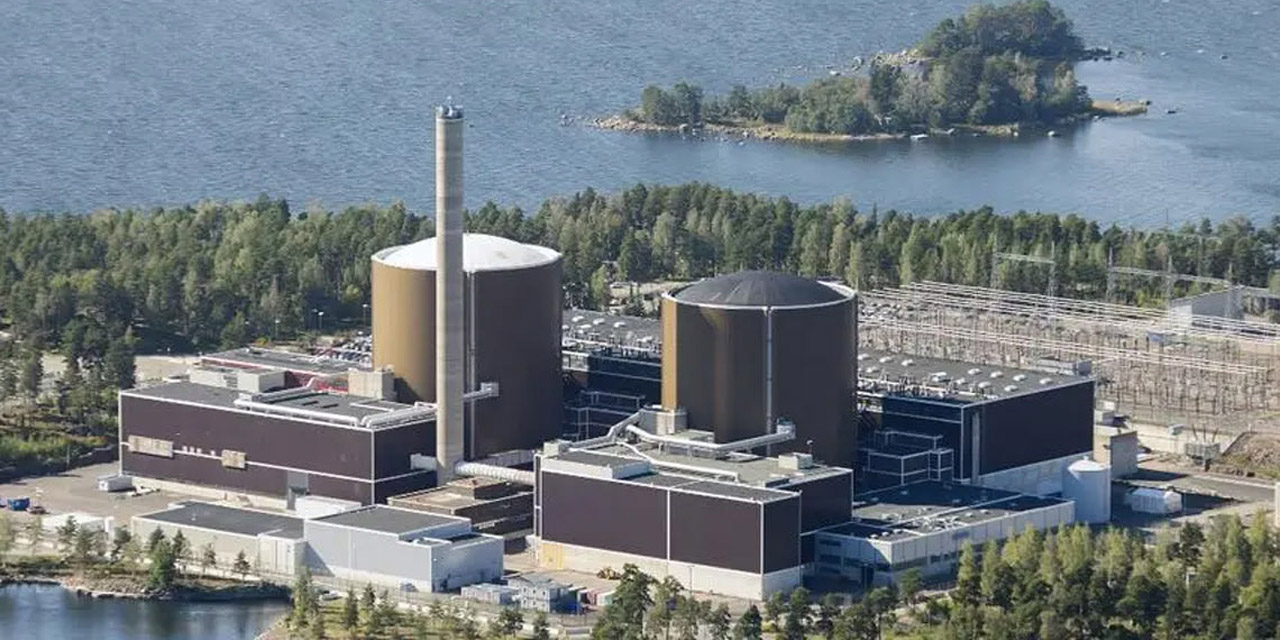


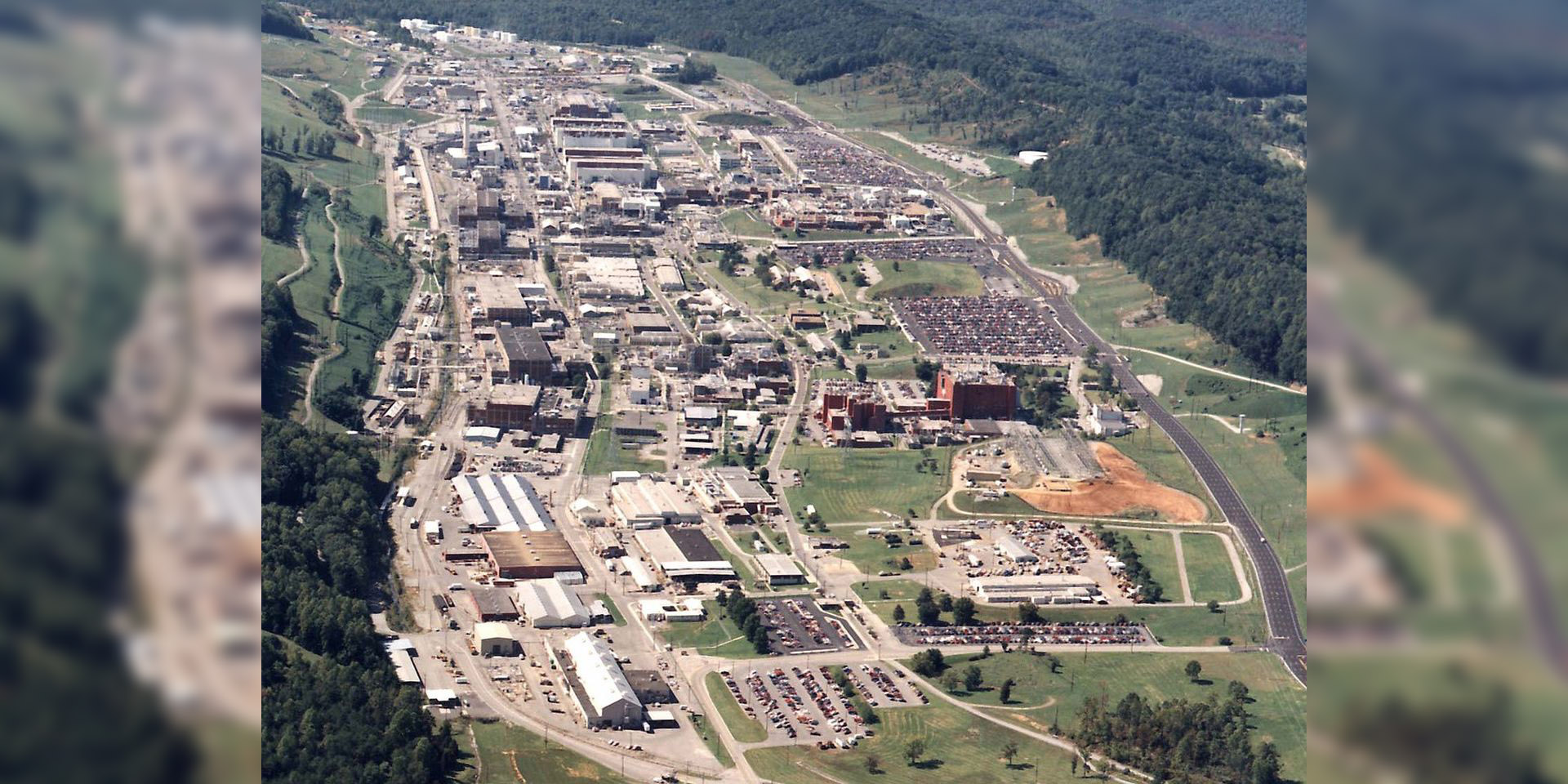
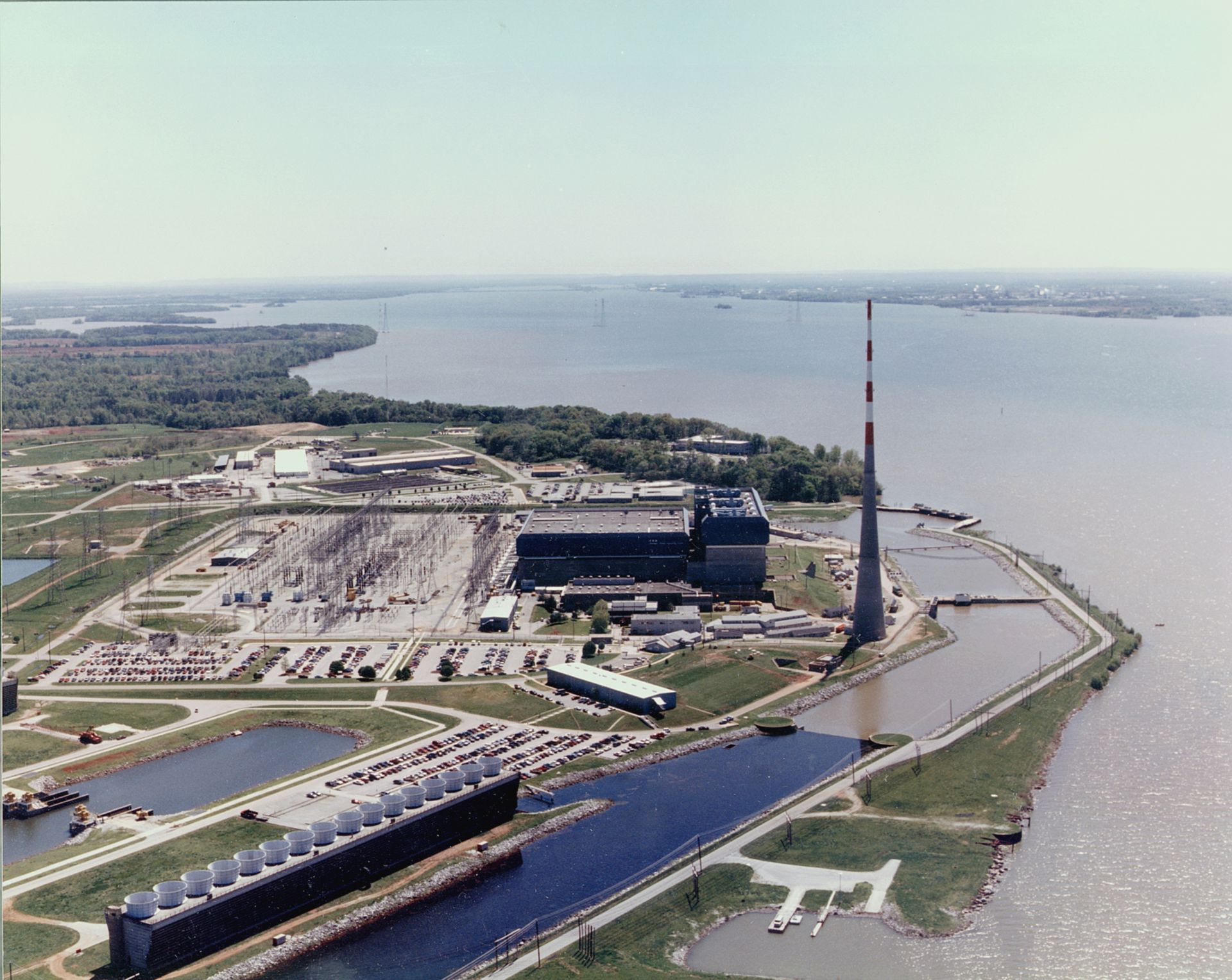

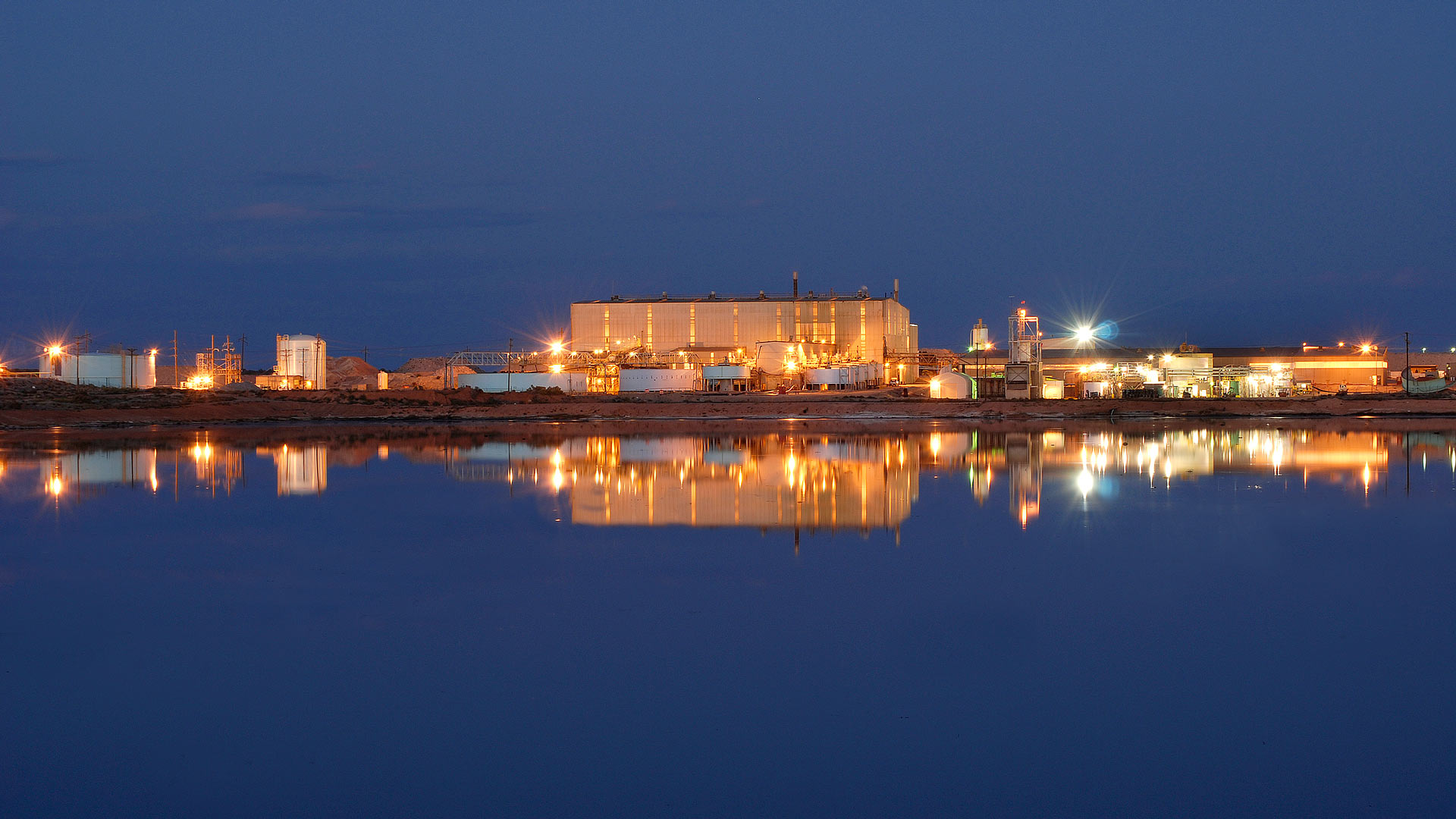
 2x1.jpg)